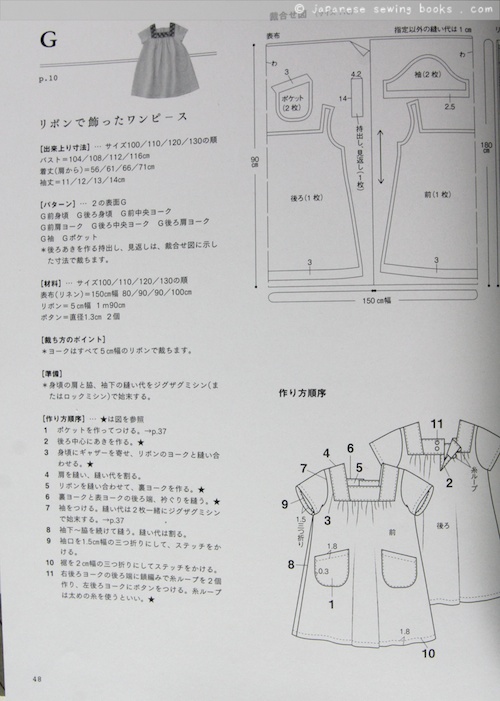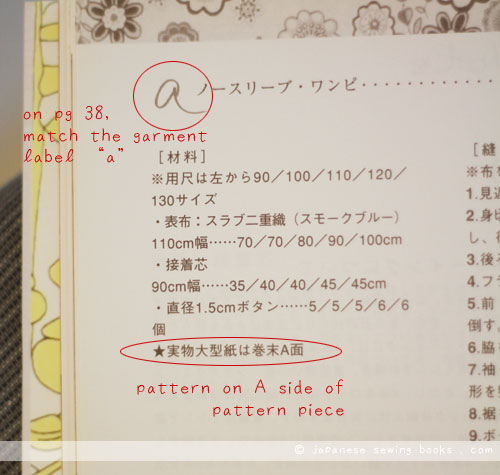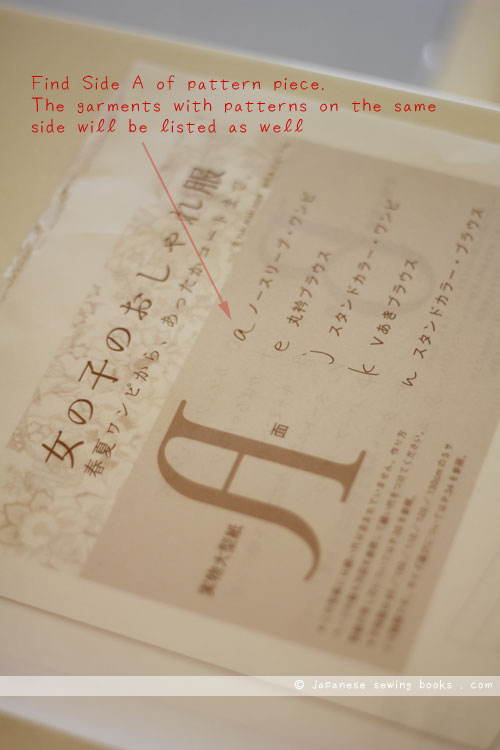Today’s link is not for a free pattern, but an amazing discovery. It’s not a new thing but I had no idea it existed till last week! It’s a really useful website for me because firstly, it is from my favourite Japanese sewing books publisher Nihon Vogue. Secondly, it allows me to browse through the pictures in the book! In our local Kinokuniya, there is an online purchase option with free delivery above $50. Which is pretty handy if I know what books I want to get. But I will have to go down to the bookstore if I wanted to look through it first. However, in the bookstore, the books are always wrapped up to prevent people from browsing. So if I wanted to look through a book to see what designs are included, I will have to lug the entire stack to the counter and ask them to unwrap them for me.
So why do I say Nihon Vogue is my favourite publisher?
Just a view of the shelf right above my sewing space. These are the books that contain patterns that I’m working on at the moment, or the ones I refer to or use the most. The ones with the yellow labels are from Nihon Vogue.
Here is a screenshot of the website. (note on the upper right hand corner there is a link to English. There are some books available for browsing on the English version but it’s only a small selection compared to the Japanese version.
In the top picture, under each of the book thumbnails, there are two buttons. The one with orange text brings you to a flash actionbrowser which allows you to browse through the book. The button below with pink text brings you to the book details page with the publication dates, author, ISBN, etc.
In the bottom picture, I did a close up of the search box on the right. You can only enter keywords in the box. ISBN search doesn’t work here. So if you have the ISBN number, click on the link below and it will bring you to an advanced search form where you can key it in.
At the bottom of the home page, you can browse through new publications, books sorted by genres (I’ve translated the text incase the icons are not clear), as well as periodicals. Look! My favourite Pochee magazine is there!
So when you click on the individual book details, this is what you get. This goes to an online shopping bookstore. You can browse by hitting the orange button (on some pages it is grey) to launch the browser from this page.
And a new window opens with a flash browser. You navigate it either with the tool bar below or just click on the pages to flip back and forth. The quality is not fantastic because I think they restrict the page zoom feature to prevent people from copying the pictures. But you can clearly browse through the pages. Note that the how-to-make sections and patterns are not available for browsing, only the finished projects are available. Which is fair because they just want you to see the pretty clothes and buy the books 🙂 This is a great help and makes shopping so much easier! What I will do now is to browse through these books, note down the ISBN number and order them from Kinokuniya. Even if the books are not listed, I can email them to request them to order from Japan without extra charges.
For other books not by Nihon Vogue, you can search for them under www.amazon.co.jp. There are many books that include quite a fair number of pages for browsing. I might compile a list based on the books I have to recommend and link them up from another post.
Happy browsing!























